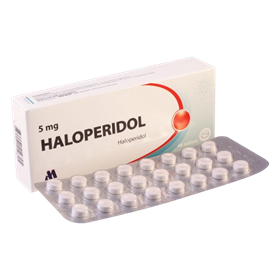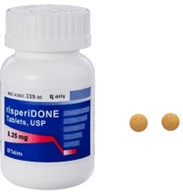A client with dementia who was taking olanzapine was recently prescribed chlorpromazine for hiccups. The client is currently experiencing high fever, unstable blood pressure, increased confusion, and rigidity. What does the nurse suspect?
Accelerated dementia
Infection
Aspiration
Neuroleptic malignant syndrome
The Correct Answer is D
The client's symptoms of high fever, unstable blood pressure, increased confusion, and rigidity are consistent with neuroleptic malignant syndrome (NMS) ⁴. NMS is a rare but life-threatening reaction that can occur in response to neuroleptic or antipsychotic medication ⁴. In this case, the client was taking olanzapine and was recently prescribed chlorpromazine, both of which are antipsychotic medications that can cause NMS ⁴.
Option A is incorrect because accelerated dementia would not cause the sudden onset of these symptoms.
Option B is incorrect because an infection would not explain the sudden onset of these symptoms after starting a new medication.
Option C is incorrect because aspiration would not cause rigidity or unstable blood pressure.

Nursing Test Bank
Naxlex Comprehensive Predictor Exams
Related Questions
Correct Answer is B
Explanation
The nurse would need to report an oral temperature of 101 F to the provider immediately. This could be a sign of neuroleptic malignant syndrome (NMS), a rare but potentially life-threatening reaction to antipsychotic medications such as haloperidol ¹. NMS can cause high fever, muscle rigidity, and changes in mental status ¹.
Option A is incorrect because dry mouth is a common side effect of haloperidol and would not need to be reported to the provider immediately ².
Option C is incorrect because drowsiness is a common side effect of haloperidol and would not need to be reported to the provider immediately ⁴.
Option D is incorrect because a blood pressure of 104/72 mmHg is within the normal range and would not need to be reported to the provider immediately.

Correct Answer is B
Explanation
Risperidone is an atypical antipsychotic medication used to treat schizophrenia ¹. It works by changing the activity of certain natural substances in the brain ¹. A therapeutic outcome for this medication would be a decrease in symptoms of schizophrenia such as delusional thinking and audiovisual hallucinations ¹.
Option A is not correct because orthostatic hypotension and sedation are side effects of risperidone, not therapeutic outcomes ¹.
Option C is not correct because restful sleep and increased coping abilities are not specific therapeutic outcomes for risperidone in the treatment of schizophrenia.
Option D is not correct because decreased anxiety and improved dietary habits are not specific therapeutic outcomes for risperidone in the treatment of schizophrenia.

Whether you are a student looking to ace your exams or a practicing nurse seeking to enhance your expertise , our nursing education contents will empower you with the confidence and competence to make a difference in the lives of patients and become a respected leader in the healthcare field.
Visit Naxlex, invest in your future and unlock endless possibilities with our unparalleled nursing education contents today
Report Wrong Answer on the Current Question
Do you disagree with the answer? If yes, what is your expected answer? Explain.
Kindly be descriptive with the issue you are facing.
